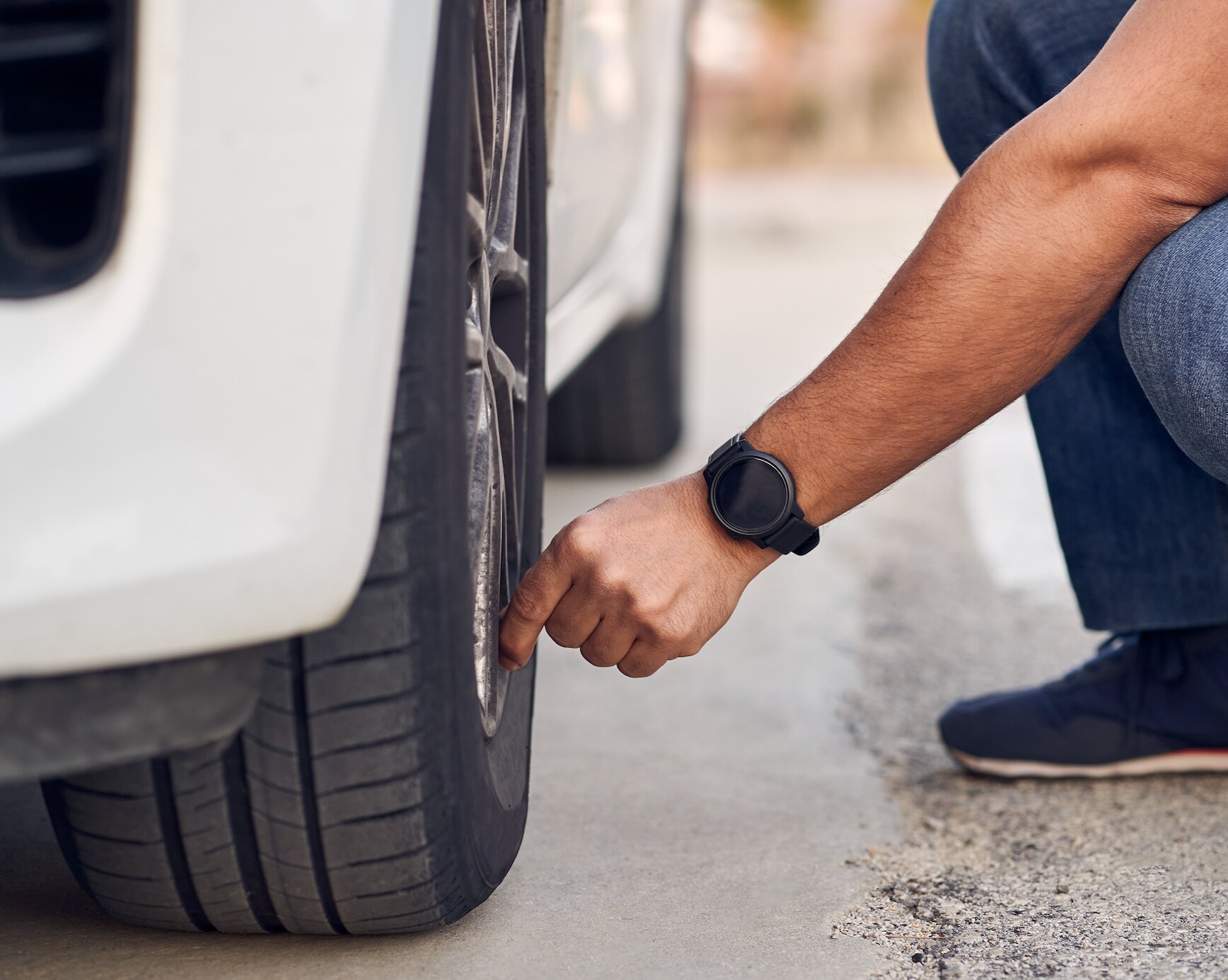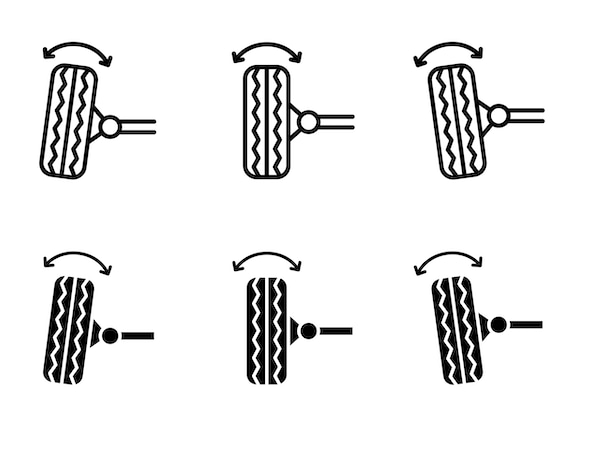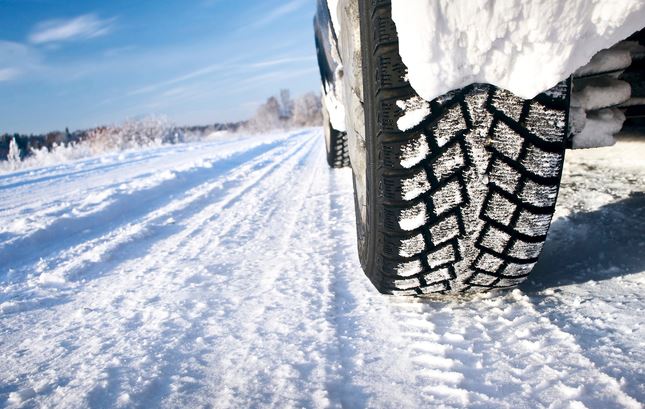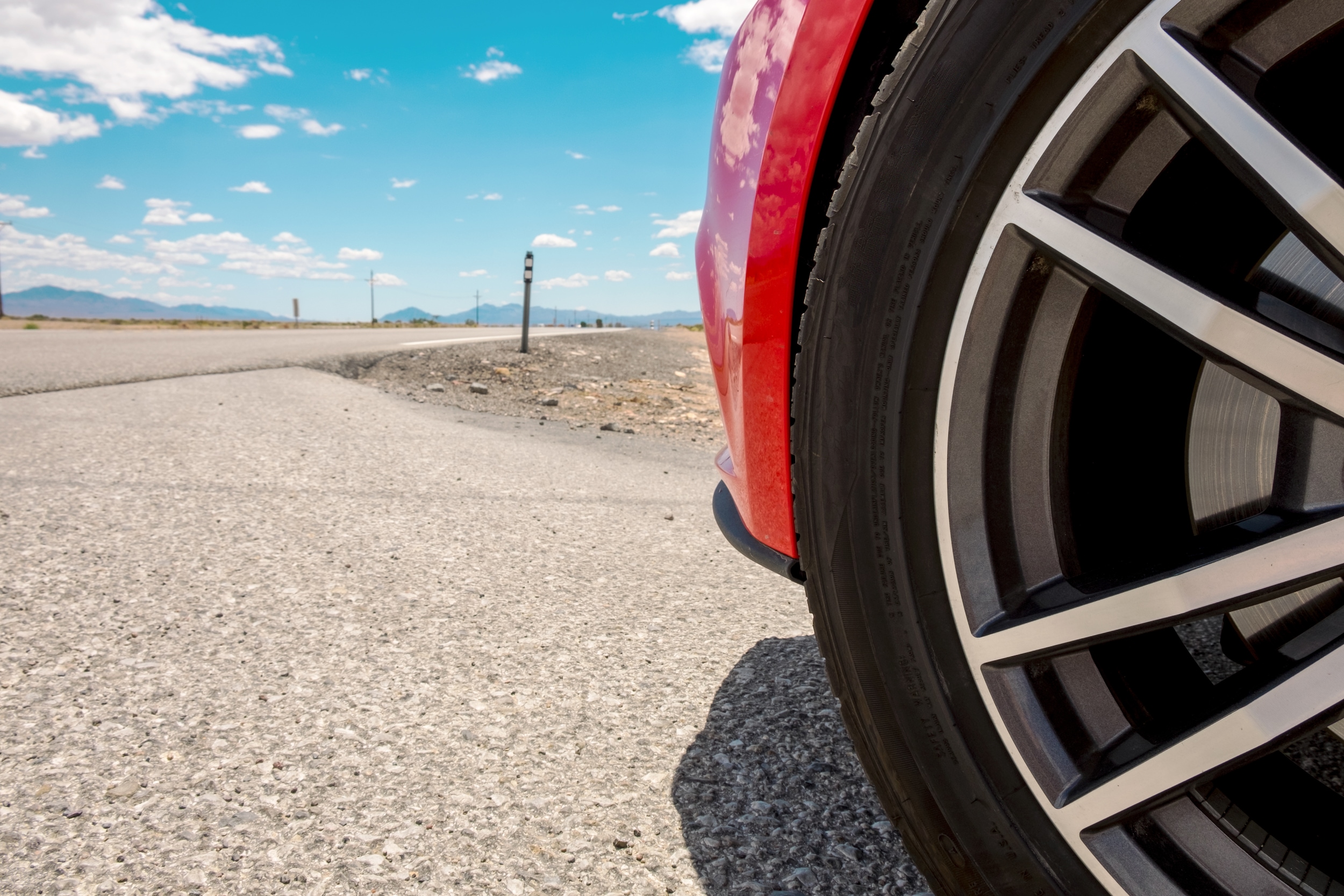The most important safety feature of your car is its tires. A tire that is out of balance can be dangerous because your car may pull to one side or another, cause vibrations through the chassis at high speeds, cause uneven tire wear, shorten the life of your tires, and reduce fuel economy.
Despite close manufacturing tolerances, no two tires are ever exactly the same. That requires that your tires be balanced by using weights so they ride properly. A tire can go out of balance through simple daily wear and tear. Plus, you can lose a wheel weight from hitting a pothole or curb. Tires can also become out of balance by being under inflated.






